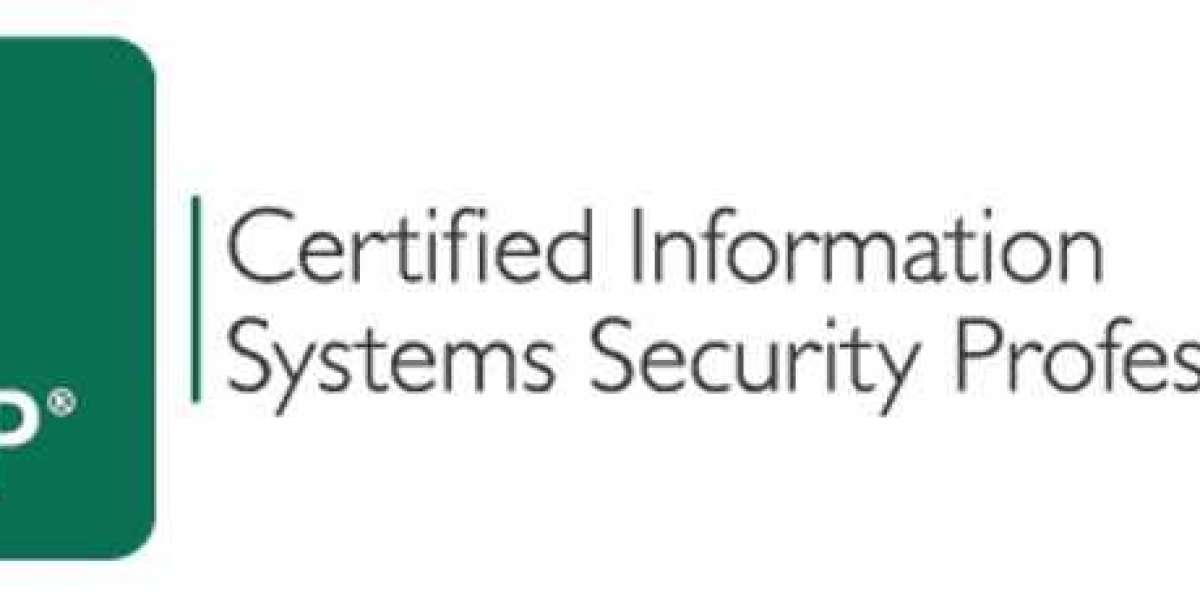Risk assessment in CISSP (Certified Information Systems Security Professional) refers to the process of identifying, analyzing, and evaluating potential risks and vulnerabilities within an organization's information systems and assets. CISSP is a globally recognized certification in the field of information security.
Risk assessment plays a vital role in information security management, helping organizations understand their risk landscape and make informed decisions to protect their assets. Here's a definition of risk assessment in CISSP
Risk Assessment: Risk assessment involves the systematic evaluation and analysis of potential risks to identify vulnerabilities, threats, and potential impact on an organization's information assets, systems, or processes. The purpose of risk assessment is to understand the likelihood and consequences of potential risks and prioritize resources and efforts for risk management.
By conducting risk assessments, CISSP professionals assist organizations in identifying and understanding potential risks to their information assets. This enables organizations to implement appropriate security controls, allocate resources effectively, and make informed decisions to protect their critical assets from potential threats and vulnerabilities. By obtaining CISSP Certification, you can advance your career in CISSP. With this course, you can demonstrate your expertise as an information security specialist, enabling you to create, and implement proficiently, many more fundamental concepts, and many more critical concepts among others.
The risk assessment process typically includes the following steps:
Asset Identification: The first step in risk assessment is to identify the organization's information assets, which may include data, hardware, software, networks, and other critical components. Understanding what needs to be protected is essential for effective risk assessment.
Threat Identification: Once the assets are identified, potential threats that could exploit vulnerabilities and compromise the assets are identified. Threats can include malicious attacks, natural disasters, human errors, and technological failures. It's important to consider both internal and external threats.
Vulnerability Assessment: In this step, vulnerabilities or weaknesses in the organization's information systems and processes are identified. This involves evaluating the security controls, configurations, and practices in place and identifying areas where the assets are susceptible to exploitation.
Risk Analysis: The identified threats and vulnerabilities are analyzed to assess the potential impact and likelihood of occurrence. This analysis considers factors such as the sensitivity of the assets, the value of the information, the potential financial or reputational consequences, and the likelihood of threats exploiting vulnerabilities.
Risk Evaluation and Prioritization: Based on the risk analysis, risks are evaluated and prioritized. This involves assigning a risk level or rating to each identified risk based on its severity, probability, and potential impact. The prioritization helps organizations focus on addressing the most critical and impactful risks first.
Risk Treatment: After evaluating and prioritizing risks, risk treatment strategies are developed. These strategies define how organizations will respond to the identified risks. Risk treatment options may include risk avoidance, risk mitigation, risk transfer (such as through insurance), or acceptance of residual risks.
Documentation: Risk assessment findings, including the identified risks, their analysis, and the chosen risk treatment strategies, are documented in a formal risk assessment report. This report serves as a reference for ongoing risk management activities and provides a basis for decision-making.



